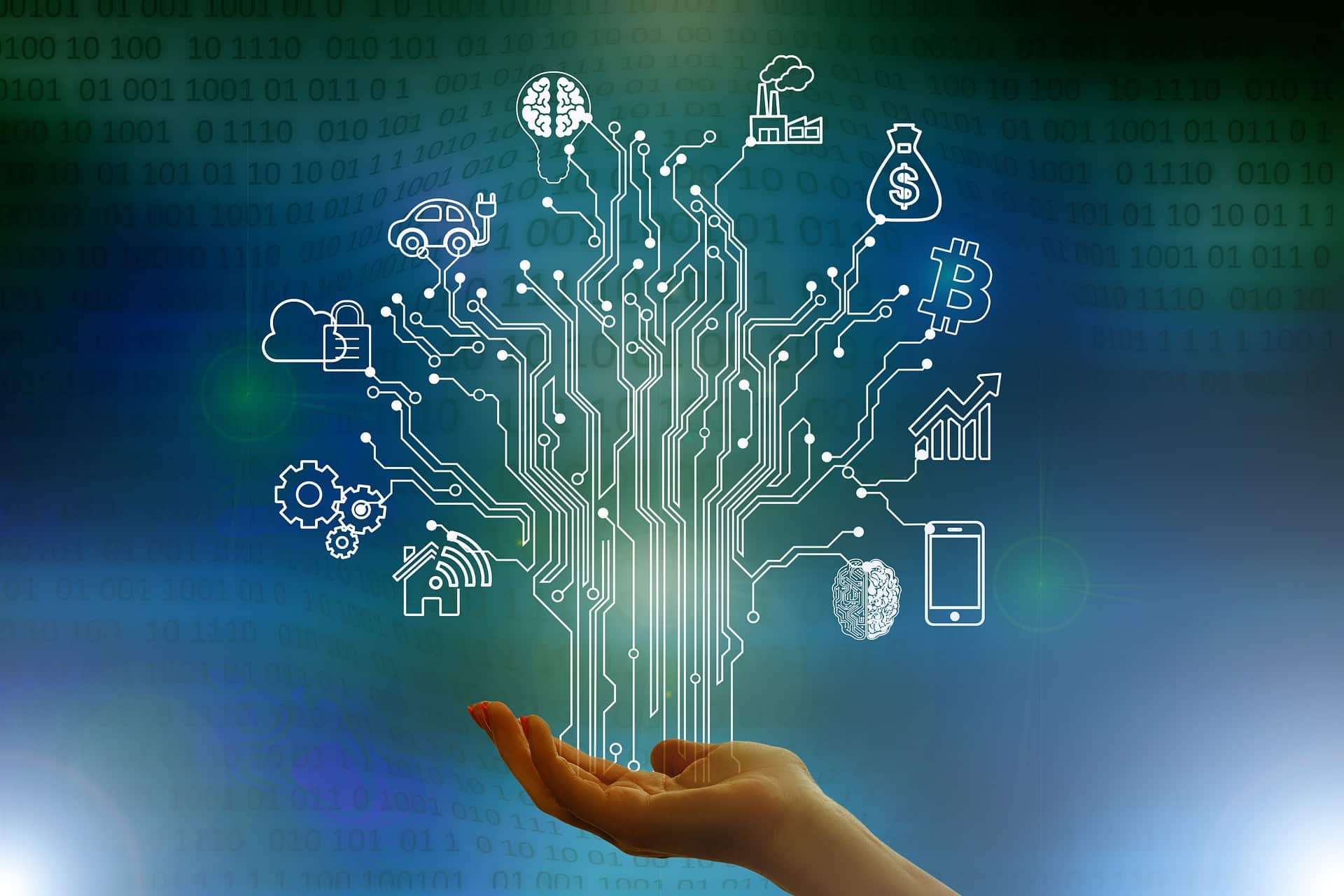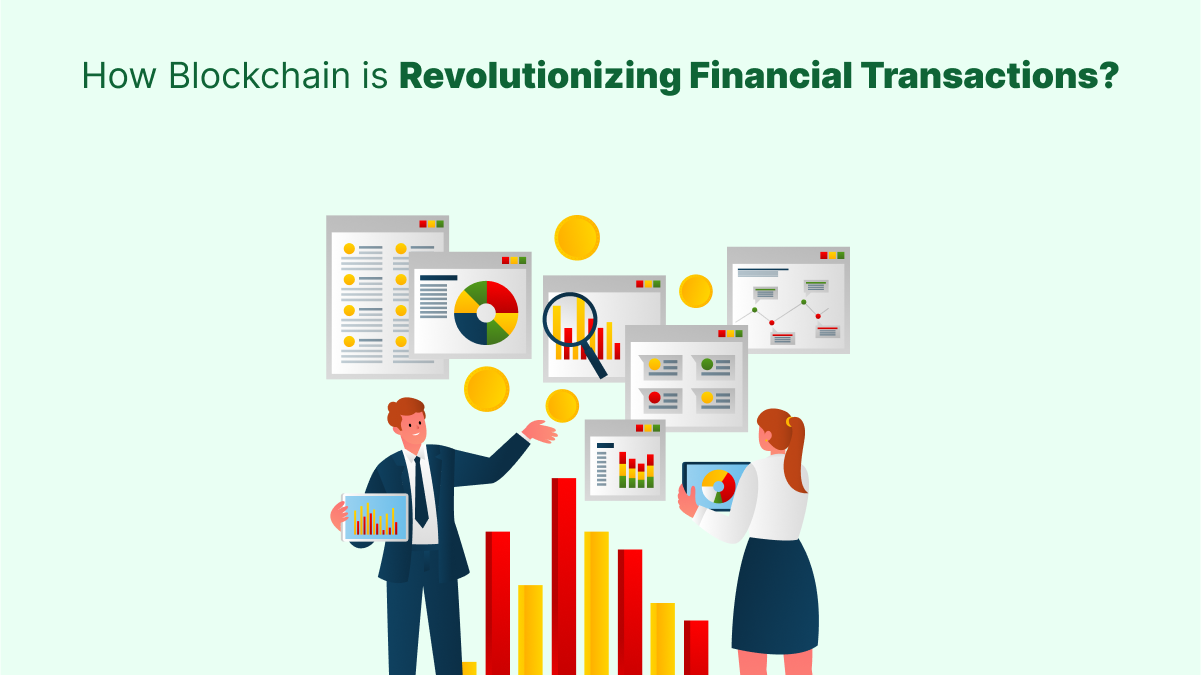The rapid evolution of Generative AI is no longer confined to tech startups or digital-first companies. Traditional industries—those with deep-rooted legacy systems, established processes, and large-scale workforces—are increasingly finding themselves at the intersection of necessity and innovation. From manufacturing to healthcare, finance to construction, the impact of generative AI development is reshaping the way these industries operate, compete, and evolve.
In this blog, we’ll explore how generative AI development is transforming traditional sectors, the benefits and risks associated with it, and what the future may hold.
What Is Generative AI and Why Is It So Disruptive?
Generative AI refers to algorithms that can generate new content—such as text, images, designs, music, and even code—based on learned patterns from existing data. Unlike conventional AI systems that are primarily designed for classification or prediction, generative models like GPT (for language) or DALL·E (for images) can create original outputs that mimic human creativity and decision-making.
The disruption lies in its multi-domain capability, speed, and scalability. Traditional industries that once relied on manual, repetitive, or highly specialized tasks can now integrate AI models to reduce time, cost, and human error while opening new frontiers for innovation.
1. Manufacturing: From Mass Production to Smart Customization
In manufacturing, efficiency has always been paramount. However, integrating generative AI introduces a new layer of intelligence to the process:
-
Generative Design: Engineers input goals and constraints (like weight, materials, strength), and AI generates multiple design alternatives that humans may not have conceived.
-
Predictive Maintenance: Generative AI can simulate failure scenarios, helping predict equipment breakdowns before they happen.
-
Custom Product Creation: Companies like Adidas and General Motors use AI to create customized parts or products on demand, responding faster to consumer needs.
Impact:
Generative AI reduces development cycles, optimizes resource usage, and introduces a paradigm where mass customization becomes economically viable.
2. Healthcare: Personalized Medicine and Accelerated Research
Generative AI is redefining healthcare through precision and personalization:
-
Drug Discovery: AI models can generate new molecular structures, drastically reducing the time it takes to develop new drugs.
-
Medical Imaging: Generative models can enhance low-quality scans or even generate realistic synthetic data for training purposes.
-
Clinical Documentation: AI tools generate patient notes and summarize interactions, saving doctors hours each day.
Impact:
Generative AI improves diagnostic accuracy, accelerates innovation, and frees up professionals to focus more on patient care rather than paperwork.
3. Finance: Intelligent Forecasting and Risk Management
The finance industry has always been data-rich, making it fertile ground for AI adoption. Generative AI enhances this further:
-
Financial Modeling: AI systems generate scenarios for investment portfolios, helping analysts simulate multiple market conditions.
-
Fraud Detection: Generative adversarial networks (GANs) can generate fraudulent transaction patterns to train better fraud detection systems.
-
Automated Reporting: AI can generate readable reports and insights from raw data, speeding up decision-making.
Impact:
Greater efficiency, risk mitigation, and decision support, all while reducing the operational burden on financial professionals.
4. Retail: Hyper-Personalization and Content Generation
Generative AI empowers retailers to deliver tailored experiences at scale:
-
Personalized Marketing: AI can generate targeted emails, ads, and product recommendations in real time based on customer behavior.
-
Virtual Try-Ons: Generative models create realistic representations of how clothing or accessories will look on different body types or faces.
-
Inventory Optimization: AI models simulate consumer demand, helping optimize stocking and reduce waste.
Impact:
Retail becomes more responsive and adaptive to customer behavior, creating a deeper emotional connection and higher retention.
5. Construction and Architecture: Automating Design and Planning
Construction is traditionally labor-intensive and slow to adopt digital transformation. Generative AI is shifting that:
-
Generative Design in Architecture: Architects can input parameters like sunlight, space constraints, and cost, and receive dozens of viable building layouts.
-
Construction Planning: AI helps simulate project timelines, labor needs, and potential delays before ground is broken.
-
Safety Modeling: Simulated environments can generate potential hazard scenarios, improving training and safety planning.
Impact:
Faster planning, optimized material use, and safer construction sites powered by intelligent simulation and modeling.
6. Legal Industry: Automated Drafting and Research
The legal field is known for its massive volumes of documentation and precedent research. Generative AI simplifies this:
-
Contract Generation: AI can draft contracts based on a few key terms, reducing the time lawyers spend on routine paperwork.
-
Case Summaries and Legal Briefs: AI models generate summaries from complex case files, helping lawyers focus on strategy.
-
Compliance Monitoring: AI can simulate scenarios to assess regulatory compliance risks.
Impact:
Legal professionals are able to focus on higher-value tasks, reduce clerical workload, and serve more clients efficiently.
7. Media and Entertainment: Scalable Content Creation
Creative industries are also being reshaped by generative AI:
-
Script Writing and Storyboarding: AI can generate story ideas, scenes, or full scripts that writers can refine.
-
Music Composition: Platforms now use AI to generate original music tracks or mimic famous styles.
-
Game Development: AI assists in creating characters, landscapes, and quests dynamically, reducing development time.
Impact:
A democratization of creativity where indie creators and major studios alike can produce high-quality content faster and more affordably.
Key Benefits Across All Industries
Regardless of the vertical, certain benefits of generative AI development are universal:
-
Cost Reduction: Less need for manual labor in repetitive or low-value tasks.
-
Speed: Faster prototyping, testing, and deployment.
-
Scalability: Ability to handle more data, customers, or projects without linear increases in resources.
-
Innovation: Discovery of previously unthinkable ideas, designs, or solutions.
Challenges and Ethical Considerations
While the potential is enormous, generative AI also introduces new challenges:
-
Job Displacement: Routine and clerical roles are at risk of automation.
-
Bias and Fairness: If trained on biased data, AI models may produce biased outputs, especially in hiring or lending.
-
Intellectual Property: Who owns AI-generated content? Legal clarity is still evolving.
-
Security Risks: Malicious actors may use generative AI to create deepfakes or synthetic fraud.
Companies must balance innovation with responsibility, ensuring proper governance, transparency, and human oversight.
The Road Ahead: Collaboration Over Replacement
The narrative shouldn’t be about AI replacing humans, but rather augmenting human capabilities. Traditional industries have the advantage of domain expertise, infrastructure, and loyal customer bases. When these are combined with the agility and intelligence of generative AI, the result is an unstoppable force for change.
Industries that proactively invest in AI literacy, collaborative tools, and cross-functional integration will emerge as leaders. On the other hand, companies that delay adoption may find themselves struggling to stay relevant.
Conclusion
Generative AI development is not just a trend—it’s a foundational shift that redefines how industries think, build, and serve. For traditional sectors long seen as resistant to change, this is an opportunity to leapfrog into the future.
By embracing the power of generative AI, these industries can unlock efficiencies, foster innovation, and create deeper connections with stakeholders. The transformation may be challenging, but it’s not only necessary—it’s inevitable.



